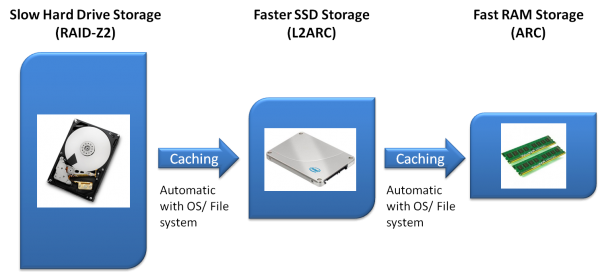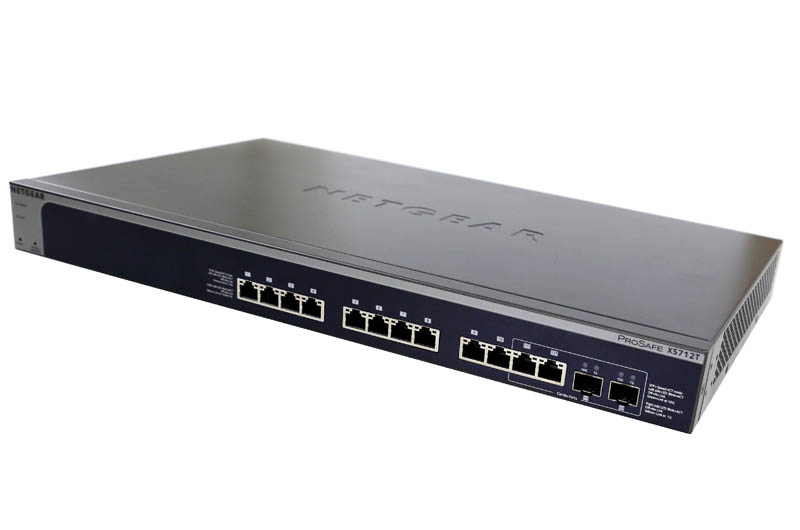Here is a prediction for 2016 – we are going to finally see the needle moving away from 1 Gigabit Ethernet towards faster standards. While 1GbE has been extremely low cost and widely deployed, 2016 has a few factors that are going to start seeing Gigabit Ethernet decrease in popularity.
802.11ac Wave 2
One of the biggest factors we are hearing cited for moving to “faster than 1GbE” switches in the next year is the initial release of 802.11ac Wave 2 products. While the initial deployments will be from early adopters, 802.11ac Wave 2 will finally have more bandwidth than a 1Gbe back-haul can accommodate. While 802.11ac (Wave 1) products touted 1.3gbps, realistically back-end needs were sub gigabit speeds.
To fix this bottleneck, a few years ago we were expecting 10Gbase-T to fit the performance requirements. Now we are expecting 802.3bz more commonly called Nbase-T to be the primary infrastructure for 802.11ac Wave 2 access points. Nbase-T is basically underclocked 10Gbase-T running at 2.5 or 5.0Gbps instead of 10Gbps (please excuse the great simplification there). The advantage is that faster than gigabit speeds can be achieved over existing Cat 5e/ Cat 6 wiring.
https://youtu.be/Dvg3ZJTyn4U?t=12s
We expect to see a wave of Nbase-T switch products launch in 2016 simply to satisfy early adopters of 802.11ac Wave 2. We also expect that these Nbase-T switches will require faster uplinks to the rest of the infrastructure. Whereas 1GbE PoE switches have been able to provide full speed (for all practical purposes) network connectivity from 802.11a/b/g/n and ac wave 1, we will start to see replacement of this aging infrastructure in 2016.
Hyper Convergence and Flash
If you have ever tried doing Hyper Converged infrastructure over 1Gbase-T, you will understand why faster networking is essential in the model. While today’s vendors are focused on 10GbE, next-generation Silicon Valley startups with working demos are targeting a base assumption of 100GbE with marginal support for 40GbE. We know of scale out storage startups starting paid trials in 2016 that will not even officially support 10GbE. The speed at which individual storage devices are increasing means that the network side is the primary bottleneck in scale-out systems.
Hyper Converged players that still target 10GbE are going to benefit from newer silicon and pricing that will take 10GbE from the big datacenters to even small data closets in more branch offices as power and cooling needs plummet for 10Gbase-T. We expect 2016 to be the year of “whisper quiet” class 10Gbase-T switches with 8+ ports.
Beyond the higher-end storage scenarios, even lower-end NAS units are able to provide speeds faster than one or two 1GbE connections can handle. As the next-generation of 10GbE and Nbase-T switches become available, NAS vendors will use faster networking to take advantage of the flash storage tier in their units.

One of the biggest changes we have seen since our 2011 primer on using flash tiering for NAS units is that the price of flash has plummeted so even on sub-$1000 NAS units adding a SSD for read caching will cost less than $100. That means more NAS units can deliver frequently accessed data well in excess of 400MB/s and Gigabit speeds.
Concluding Thoughts
We are unlikely to see 10Gbase-T switch ports at a premium similar to that of 1Gbase-T over 10/100 in the near future, however we should see the next generation of products next year. With the expanding footprint of 10Gbase-T and Nbase-T there are some large implications for infrastructure planning today.
Early adopters of 802.11ac Wave 2 products will still have limited Nbase-T switch options. Some vendors are releasing first generation products with dual 1Gbase-T uplinks but we should see a transition toward Nbase-T paired with 802.11ac Wave 2.
10GbE in the datacenter should be considered a minimum for new infrastructure deployments. We are already seeing ARM vendors and Intel (Broadwell-DE) integrate 10Gb MACs in their SoCs and switch prices have become more reasonable as the market compresses with 100GbE starting to become more widely available. In many cases, WAN facing NICs may be OK with 1GbE speeds (due to WAN speed constraints), however as Hyper Converged infrastructure becomes more common, 10GbE and faster LAN will become a necessity.
A 1Gbase-T NAS in 2016 is not even going to be fast enough to satisfy wireless clients. By the end of 2016, small and branch office NAS units will need to adopt faster networking to satisfy 802.11ac Wave 2 clients.





What’s a use case for 802.11ac 1Gbps+? There are two two major bottlenecks preventing saturation of current wireless infrastructure: 1) sub-Gbps WAN links and 2) dozens to hundreds of APs concentrated into a WLAN controller with 1-4 10Gbps links, possibly on a stick. Anything going out to the Internet/enterprise core will be choked by the WAN, and potentially WLC oversubscription can choke traffic within a campus. I can only think of something like editing or streaming lots of high resolution video via on-prem NAS/SAN that could require that bandwidth, and that would be done on a wired workstation, not a mobile device. My company’s only incentive for 802.11ac has been EOL hardware refresh.